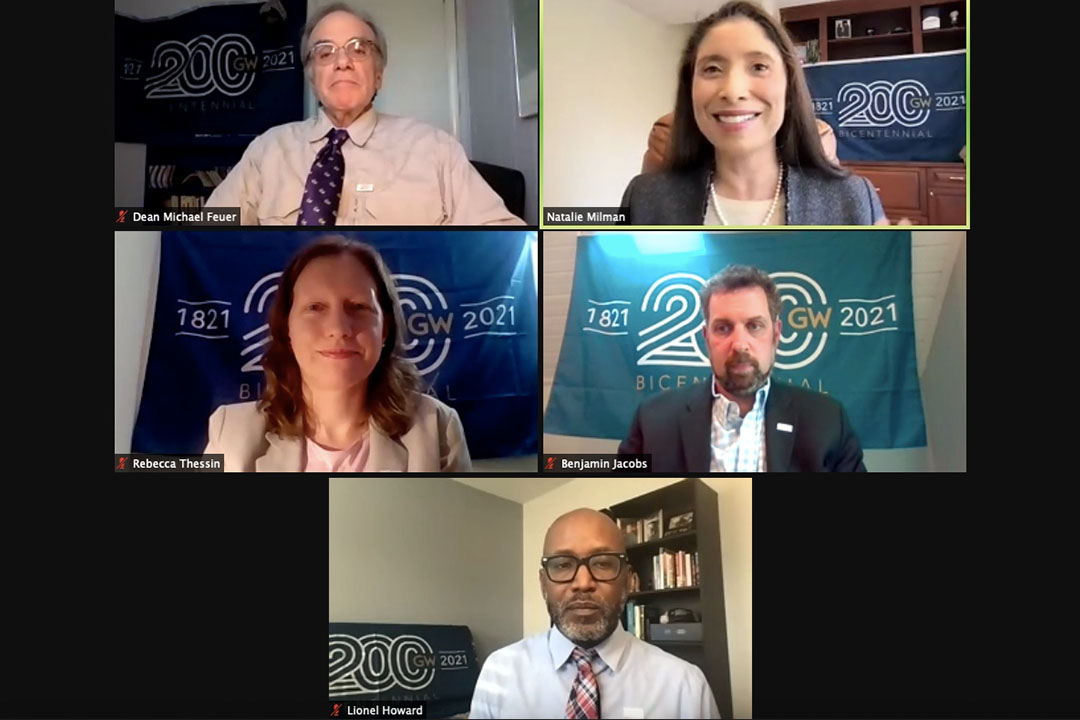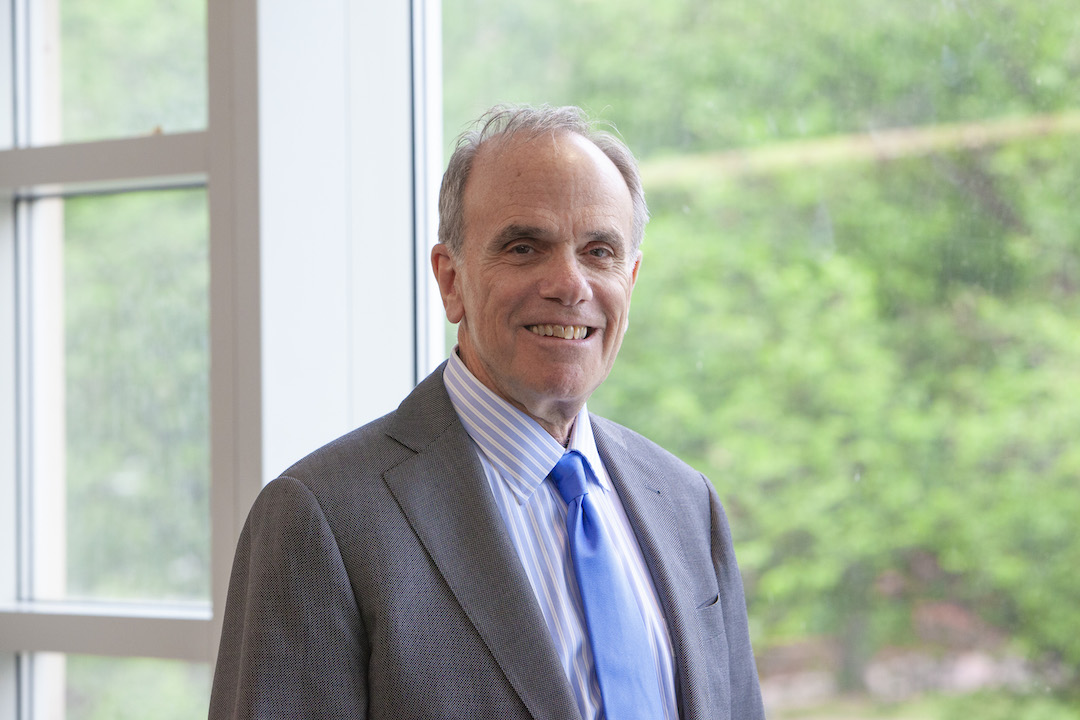By Tatyana Hopkins
Although the COVID-19 pandemic has bought unimaginable changes to education, there is a lot of development needed to move K-12 education beyond the point of emergency remote teaching to well-designed online instruction, said Natalie Milman, a professor of education technology in the George Washington University Graduate School of Education and Human Development.
“There’s a lot of using technology [in schools] just to get through,” she said. “A lot of schools have gotten a lot of technology, but just because we get technology doesn’t mean that students know how to use it well. This notion of emergency remote teaching and learning, which I do strongly believe we’re still in, means we may not be using technology in the most effective, efficient or meaningful ways.”
Dr. Milman said this problem has been exacerbated for low-income students by a digital divide that existed before but was illuminated by the pandemic.
“We have to broaden our understanding of digital equity and get beyond the notion of the digital divide of just being an access divide,” she said. “There are a number of students who don’t have the equipment, but it’s not just the equipment.”
She said aside from having laptops and computers, broadband challenges in rural and urban areas as well as limited professional development resources for teachers to learn how to effectively use technology to deliver content online impact disadvantaged students’ access to a quality virtual education.
Dr. Milman joined a panel of GSEHD experts—including professors Lionel Howard, Benjamin Jacobs and Rebecca Thessin—during a virtual event to discuss how to address the disparities in education illuminated by the pandemic to provide a better experience for all students.
Moderated by GSEHD Dean Michael Feuer, the discussion was a GW bicentennial event.
Dr. Thessin, an assistant professor of educational administration, said while schools across the country have shown great resilience and creativity in providing educational continuity, schools are finally headed to a state of recovery.
In this recovery planning, she said a primary concern of school leaders is addressing issues of inequity and gaps in student learning resulting from the pandemic as well as ongoing national civil unrest.
“We know that education will never be the same,” Dr. Thessin said, quoting Kimberly Hill, superintendent of Charles County, Md., schools. “The challenge now as we plan for fall 2021 is not to revert back to what was known and comfortable. We need to, as leaders, continue to demand and push and ask why not, so that we don't fall back into old and often stale practices.”
In general, Dr. Thessin said, recovery efforts have included a stronger focus in schools on social emotional needs of students and educators, meeting the basic needs of families and prioritizing in-person instruction to the most vulnerable student populations.
She said schools are likely to capitalize on virtual learning to implement long-term online instruction to provide summer school and professional development for educators as well as make family engagement more accessible.
Dr. Jacobs, an associate research professor, noted the “democratic power” of education and its potential to help achieve racial and social justice if students of all backgrounds could effectively benefit from schooling without existing disparities.
“I'm more eager for schools to adjust their purposes and practices to actually meet the deep human needs of most of our students, the intellectual, spiritual, physical, emotional, social, vocational, moral, aesthetic, and civic needs, rather than focusing foremost on whose story gets told the loudest,” he said.
Dr. Howard, an associate professor of educational research, said the pandemic has allowed researchers, policymakers and educators to reimagine the possibilities for K-12 public education.
“When we use the word reform, I perceive that as an indication that there is a strong belief that there was something inherently redeeming about the most basic theological forms of education,” he said.
Dr. Howard said a radical reimagination of education would require stakeholders to start “from a new place” and not build on existing structures that have long proved to not serve students, teachers or communities.
“A radical reimagination really requires us [to] think about multi-system interventions and prevention strategies,” he said. “Education can't do it alone. There's housing facility fragility. There were food deserts prior to the pandemic. There’s economic instability for many families of color and other folks. So, students are arriving in schools with all kinds of concerns that make it virtually impossible to be present in the learning experience.”
Dr. Feuer said by identifying the significant issues in education, the GSEHD faculty panel had already taken the first step toward creating an education system that attends to the needs of individual children and reduces disparities based on race, income and other factors external to teaching and learning.
“I am very optimistic that when GW celebrates its 220th birthday, we will look back and say we’ve already made progress,” he said. “We have a grand vision for the future. We’re making incremental progress. We’re going to check ourselves, and we’re going to never stop asking, ‘are we going in the right direction.’”




